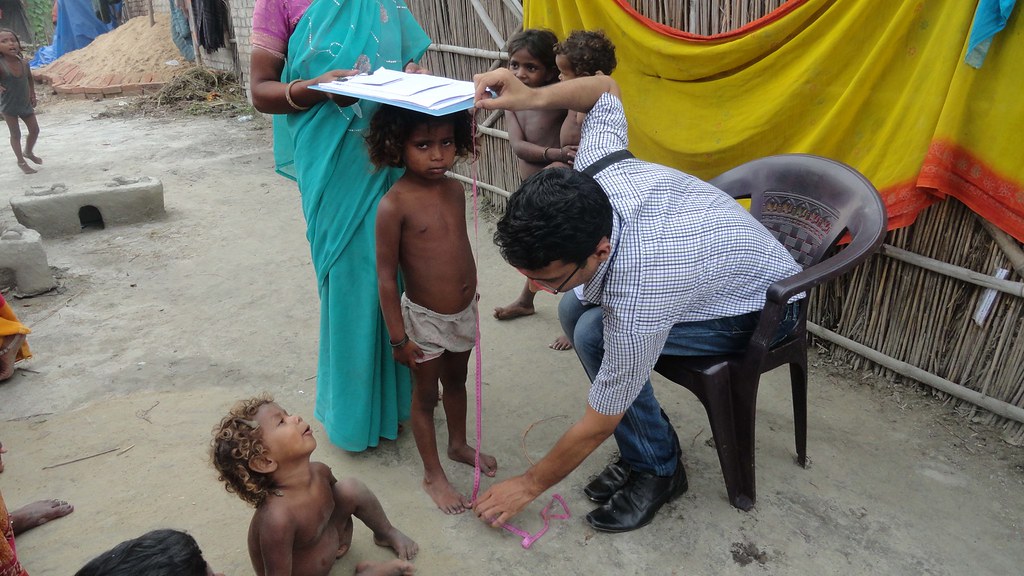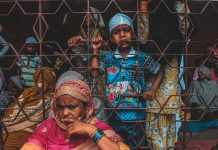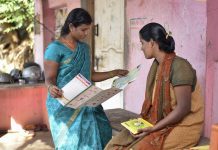The latest proposal of making CoWIN portal, India’s official website for Covid-19, available in 14 regional languages is a welcome development. Not only will this allow non-English readers receive appropriate information but also has the potential of archiving key scientific knowledge into regional languages for future reference.
This becomes all the more significant as the virus is making a swift foray in rural India where roughly 65 percent of the country’s population reside. Special attention to rural population is also significant because nearly 70 percent of India’s workforce lives in rural areas and the rural economy accounts for 46 percent of country’s national income. However, recent data reveals that rural parts of India are being increasingly left behind in the Covid-19 vaccination drive. An urban resident is 1.8 times more likely to receive a shot of the Covid-19 vaccine than their counterpart in the rural hinterland.
This is an area of concern as the nation is seven months into the vaccination program and only 12% of our total population has been fully vaccinated. We have a long way to go and if we allow this trend to continue our goal of achieving herd immunity will be compromised. Therefore, the need of the hour is to create awareness programmes which disseminate vital information to the citizens in local dialect and encourage them to adhere to Covid-19 appropriate behaviour and address vaccination hesitancy. To this end, regional language portals are a great way forward.
But what is also required is a ‘contextualised pandemic response’ plan that draws on conventional means of communication since India’s rural landscape throws up tremendous challenges to the givenness and pervasive presence of digital media in urban areas.
The authorities must be attuned to the fact that rural India’s public spheres are not forged on the technology of internet and social media.Instead, their key sources of information, besides the public broadcaster in vast majority of regions, are socio-religious or opinion leaders, civil society members, places of worship and grassroots’ organisations.The interpersonal communication channels are more effective than electronic media in the rural landscape. They trust local leaders and members of their own community for behaviour change communication.
A coherent communication strategy, which synergises the potentialities of all these stakeholders, for rural India is thus a necessity. In executing this strategy, the government must interweave these actors’ paths with the threads of trust and allow an enabling environment for them to reach out and help those in need.Trust must crystallise firstly through internal coordination of government departments and utilities and secondly by coming together of external actors such as civil society members.A localised approach is necessary as India is an extremely heterogeneous country and we cannot have a one size fit approach across the nation.States and districts have to develop their own innovative formulas to attract the citizens to the vaccination centres and ensure Covid-19 appropriate behaviour.
Performative communication practices such as puppetry, street theatre, folk songs, flash mobs etc. must be creatively employed at the local level. Use of special programmes offering guidance on standard operating procedures must be broadcast through radio jingles and public service announcements on state broadcaster and community radios. Rendering key communication through these localised strategies will give citizens a chance to not only receive information but also how best to translate that information into action.
On the other hand, rather than positing religious institutions and science as two dichotomous arenas at the moment, there is a need to synergise religious leadership with the Covid-19 campaigns of awareness and containment. Places of worship need to be turned into broadcasting centres to pass on scientific
information to local citizens through familiar dialects.This will complement with what the Central and State government is trying to achieve.
Together with the synergised communication strategy, the government must create a certain kind of incentives for both health workers and citizens. This method has been used elsewhere and has proven to be effective particularly for citizens who agreed to be inoculated after early defiance. The Asha workers, Anganwadi workers along with midwives, can play a pivotal role in the rural landscape, if they are duly compensated in this hour of crisis. Since they are the most important contact point at the grassroots, they need to be further empowered economically and socially. Remember, we can fight this deadly virus only by synergising and localising the traditional and scientific practices for the health and well being of our citizens.
Geeta Punhani is Associate Professor at the Institute of Home Economics, University of Delhi.














